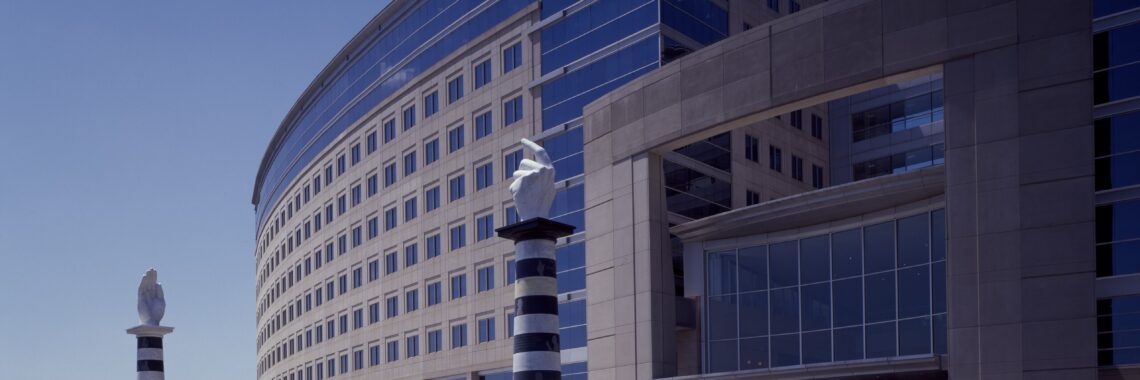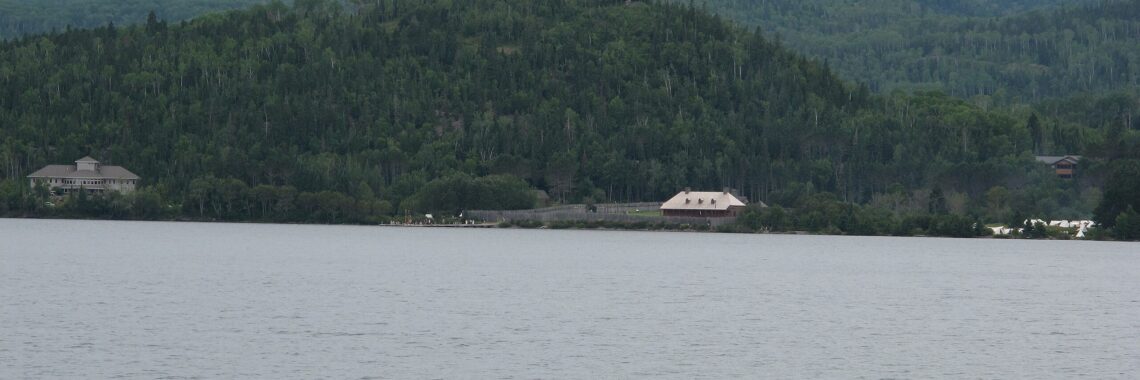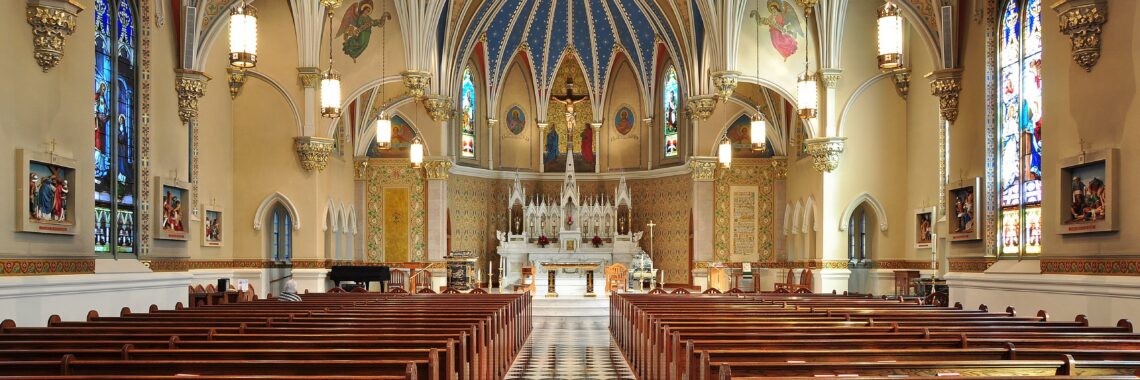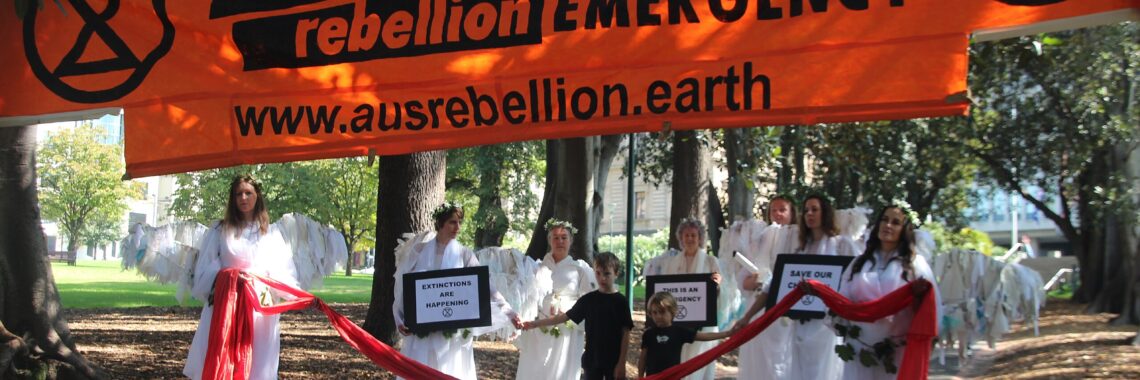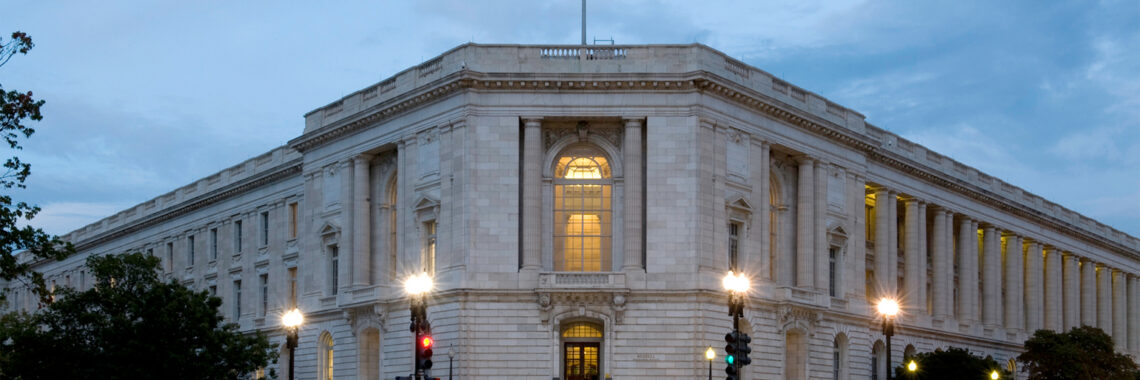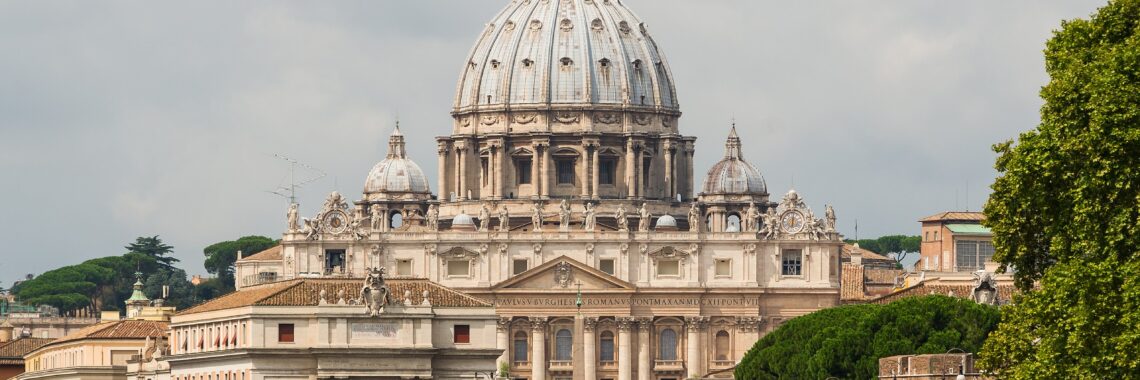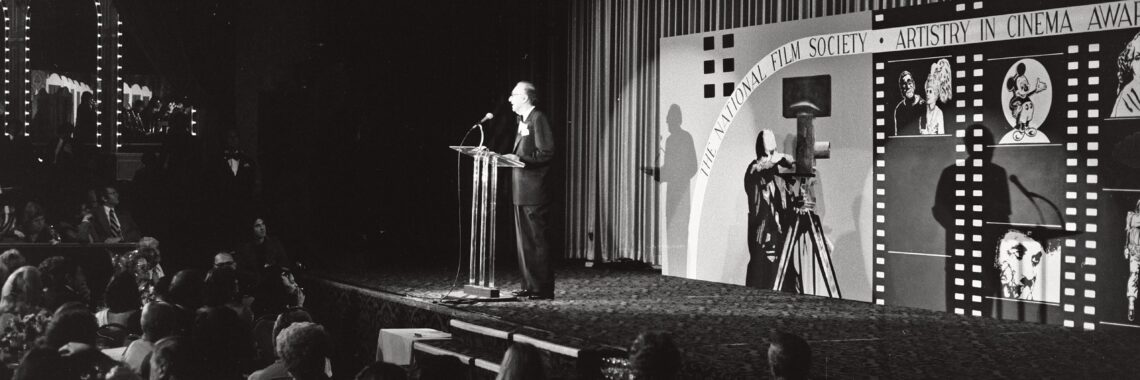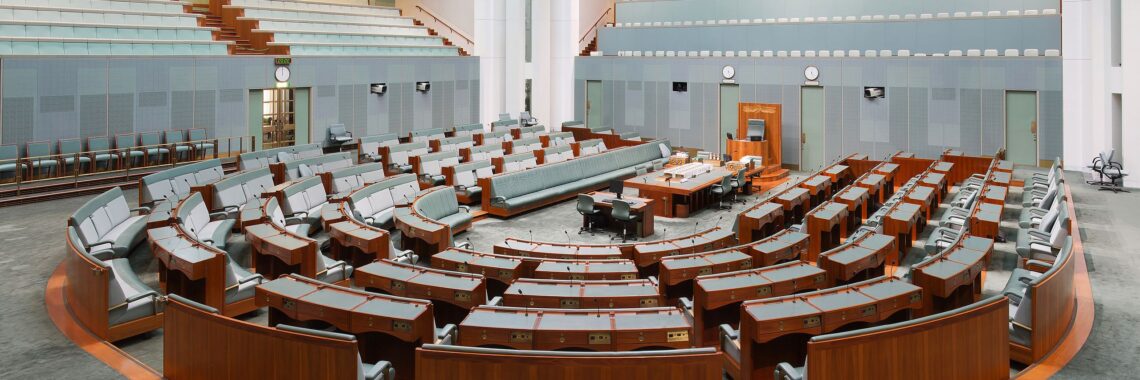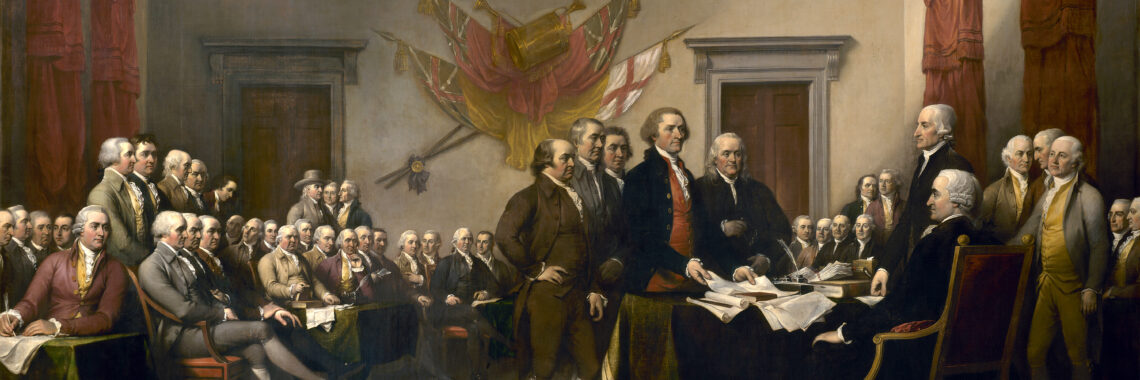“Defending the Johnson Amendment as a Critical Tool to Preserve Democracy and Religious Freedom” by Rebecca S. Markert
Internal Revenue Service Building in Maryland from the Carol M. Highsmith Archive. This article is part of our series on Law, Religion, and The Johnson Amendment. If you’d like to explore other articles in this series, click here. On a Sunday morning in late October 2008, in Charlotte, North Carolina, Pastor Greg Moss of St. Paul Missionary Baptist…


